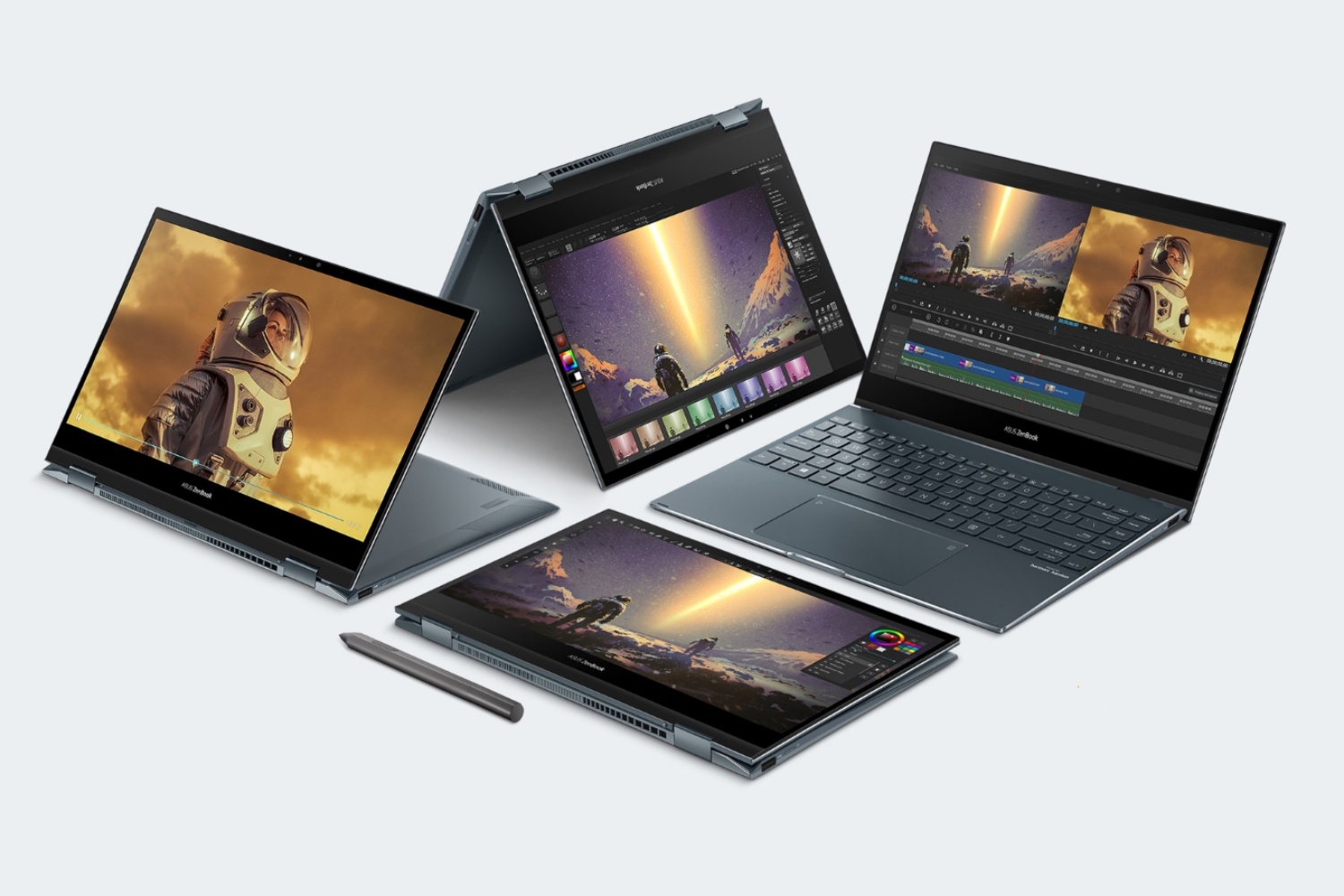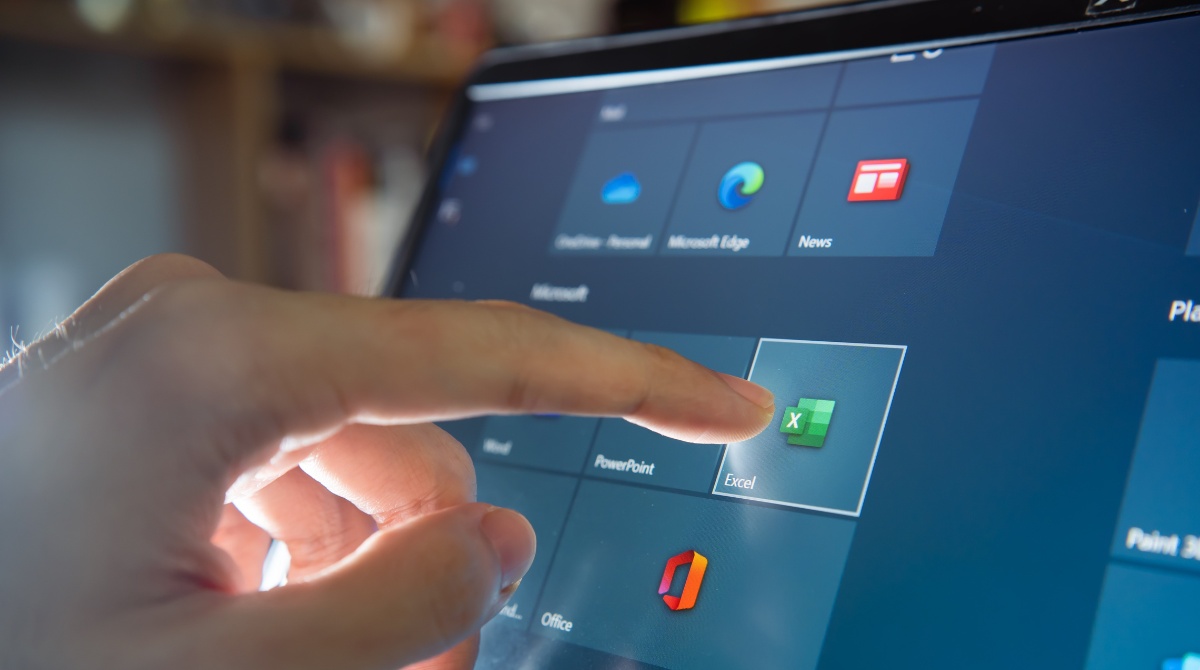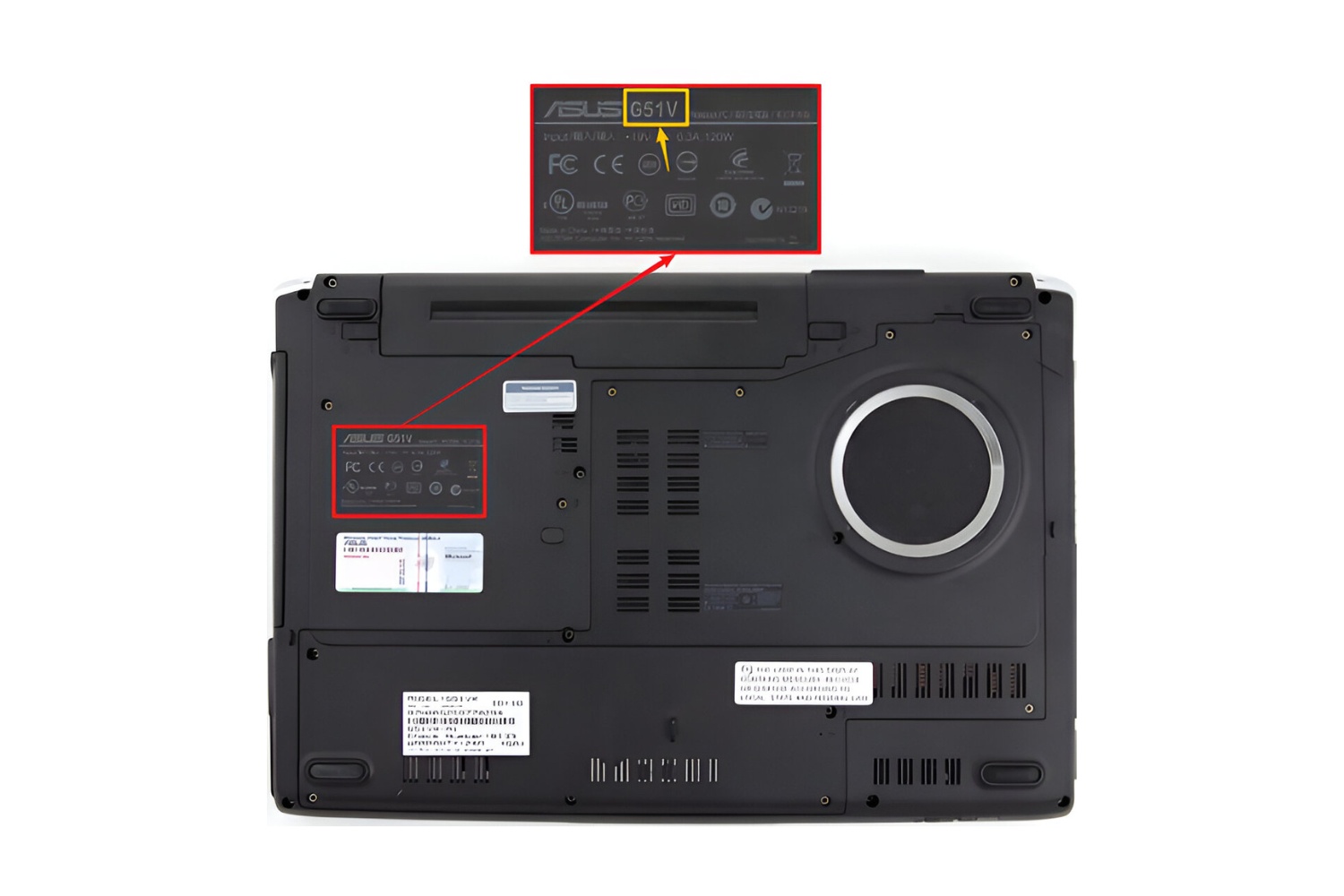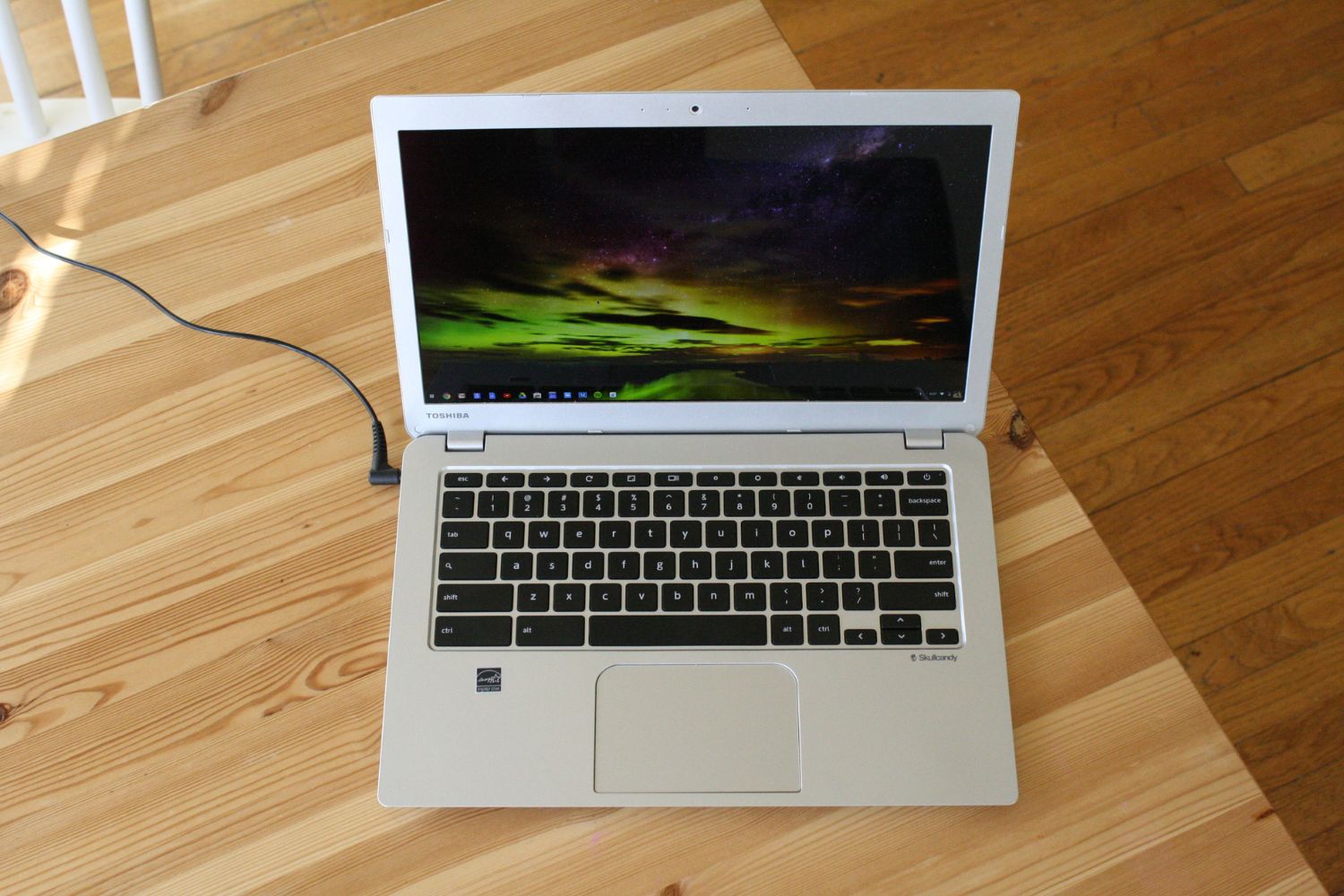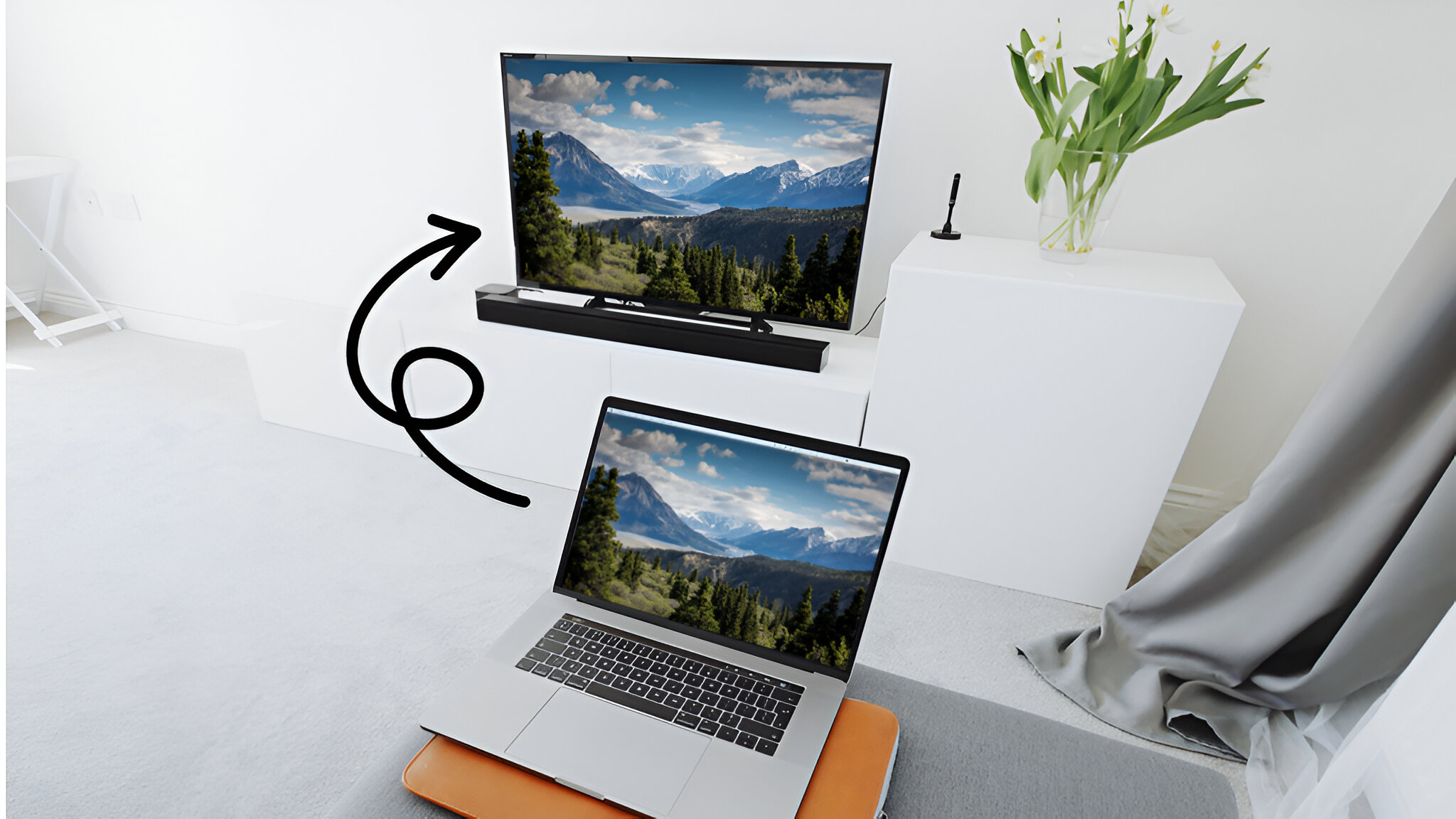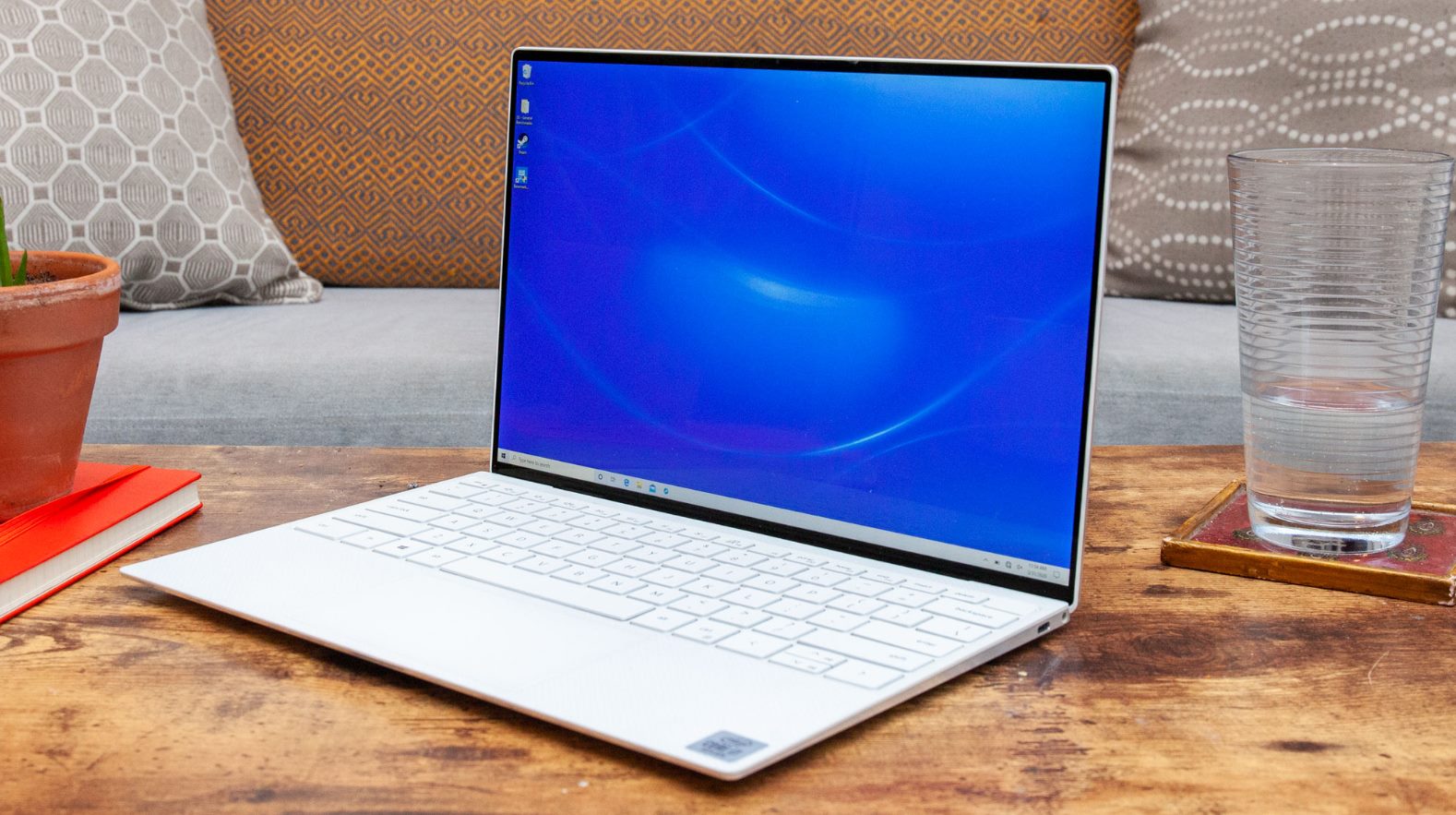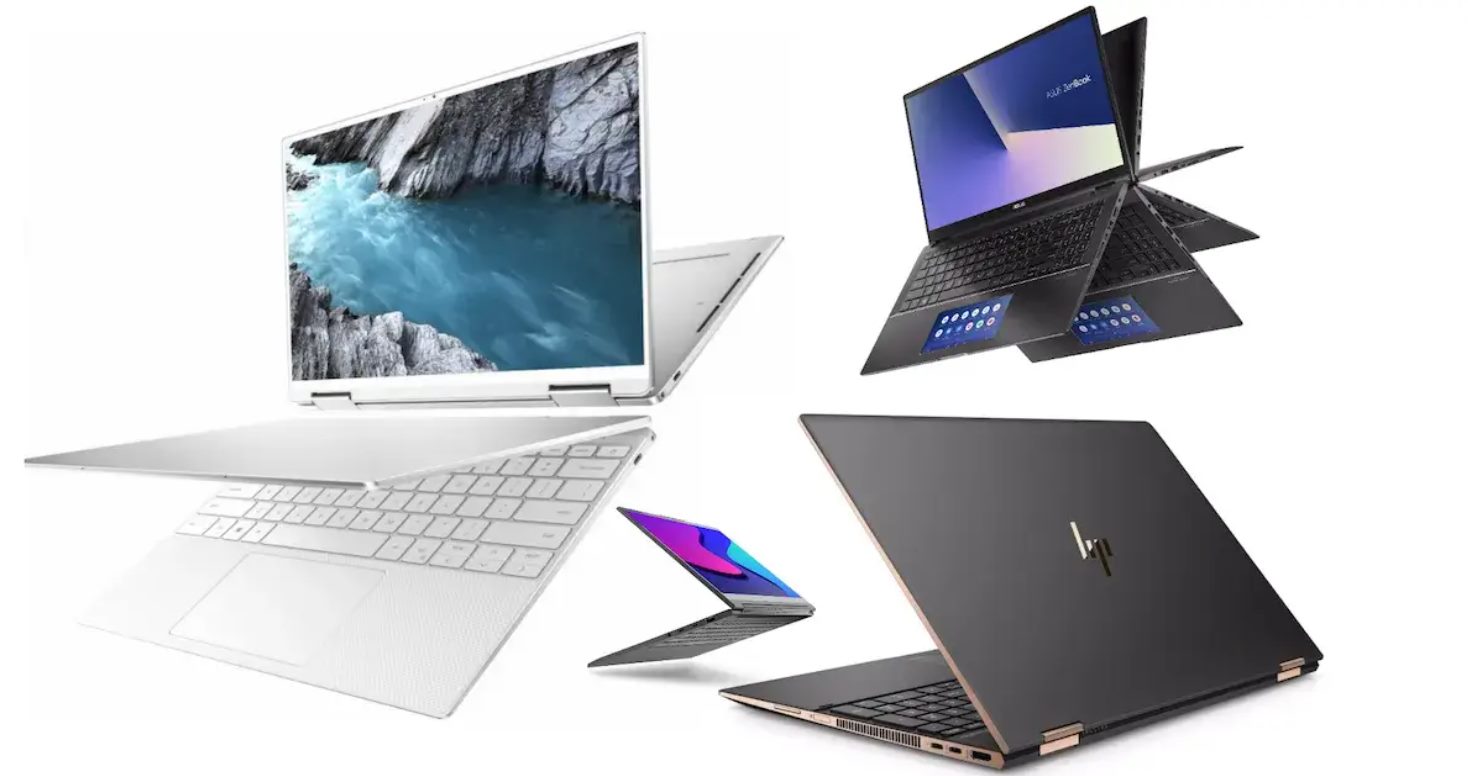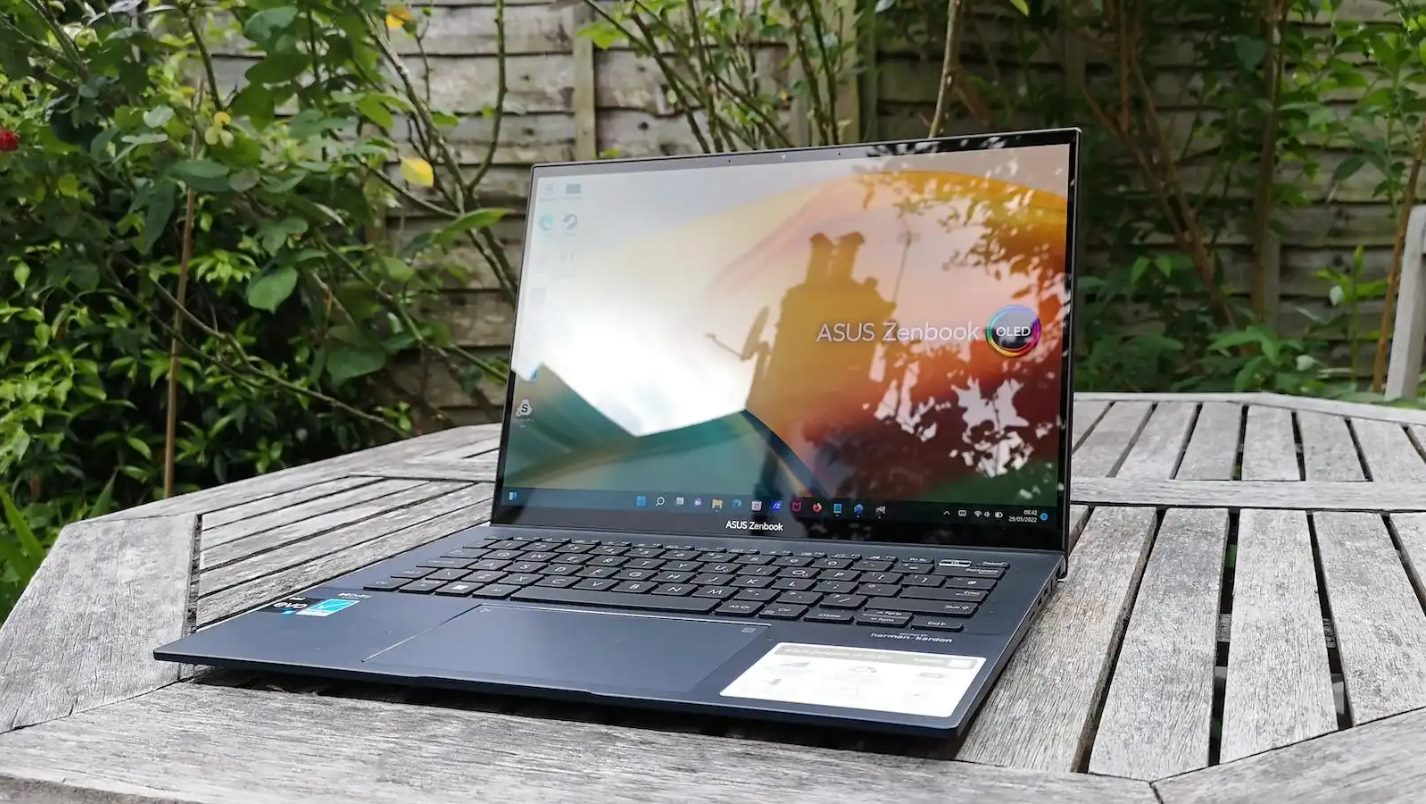Introduction
Welcome to this guide on how to turn on ASUS Ultrabook tablet mode! If you own an ASUS Ultrabook and want to enhance your user experience by utilizing its tablet capabilities, you’ve come to the right place. The tablet mode feature allows you to transform your device into a touch-friendly interface, perfect for browsing the web, watching movies, or using apps with ease.
Every ASUS Ultrabook comes equipped with tablet mode, a versatile feature designed to enhance your productivity and convenience. Whether you’re a student, a professional, or simply someone who enjoys the flexibility of a tablet-like experience, you’ll find this guide helpful in enabling tablet mode on your ASUS Ultrabook.
By enabling tablet mode, you can enjoy a simplified and intuitive user interface optimized for touch inputs. The traditional desktop interface is replaced by a full-screen Start menu and the taskbar is minimized, making it easier to interact with apps and documents using your fingertips or a stylus. It’s a game-changer for those on the go or those who prefer the freedom of a tablet while still having the functionality of a laptop.
In this guide, we will walk you through the step-by-step process of turning on tablet mode on your ASUS Ultrabook. We’ll also explore some additional customizations you can make to personalize your tablet mode experience. So, let’s get started and unlock the full potential of your ASUS Ultrabook!
Step 1: Navigate to the Windows settings
To begin the process of turning on tablet mode on your ASUS Ultrabook, you’ll first need to navigate to the Windows settings. Here’s how:
- Click on the “Start” button located at the bottom left corner of your screen. You can also press the Windows key on your keyboard to open the Start menu.
- From the Start menu, click on the “Settings” icon. It is represented by a gear-shaped icon and is usually located above the power button.
- Alternatively, you can press the “Windows key + I” on your keyboard simultaneously to open the Windows settings directly.
Once you’ve clicked on the “Settings” icon or pressed the “Windows key + I,” the Windows settings window will open, providing you with access to various customization options for your ASUS Ultrabook.
It’s important to note that the process may vary slightly depending on your version of Windows. However, the general steps outlined above should apply to most versions, including Windows 10 and Windows 11.
Now that you’ve successfully accessed the Windows settings, let’s move on to the next step and continue with enabling tablet mode on your ASUS Ultrabook.
Step 2: Select System from the settings menu
After navigating to the Windows settings, the next step in enabling tablet mode on your ASUS Ultrabook is to select the “System” option. Here’s how you can do it:
- Within the Windows settings window, you will see several icons representing different categories. Locate and click on the “System” icon.
- The “System” category contains various settings related to the overall functionality and appearance of your ASUS Ultrabook. It includes options for display, notifications, power, storage, and more.
- Clicking on the “System” icon will open a new window with additional settings specific to this category.
By selecting the “System” option, you’re accessing a range of essential settings that allow you to customize and optimize your ASUS Ultrabook according to your preferences. These settings play a vital role in enabling and configuring tablet mode, so it’s important to proceed to the next step to continue with the process.
Keep in mind that the appearance of the settings window may slightly differ depending on your version of Windows. However, the general steps mentioned above should guide you in selecting the “System” option.
With Step 2 completed, you’re one step closer to turning on tablet mode on your ASUS Ultrabook. Let’s move on to Step 3 and learn how to choose the Tablet Mode option from the settings menu.
Step 3: Choose Tablet Mode from the left panel
Now that you have accessed the “System” settings, the next step in enabling tablet mode on your ASUS Ultrabook is to choose the “Tablet Mode” option from the left panel. Follow these steps:
- Within the “System” settings window, look for the left panel. It contains several categories, such as “Display,” “Sound,” “Notifications & actions,” and more.
- Scroll down the left panel until you find the category labeled “Tablet Mode.”
- Click on the “Tablet Mode” option to access the settings related to tablet mode functionality on your ASUS Ultrabook.
By selecting the “Tablet Mode” option, you are entering the settings specifically designed to customize and configure the tablet mode features of your ASUS Ultrabook. These settings allow you to dictate how tablet mode behaves and how your device switches between tablet and desktop mode.
The location of the “Tablet Mode” option may vary depending on your version of Windows, but it typically appears in the left panel of the “System” settings window. Take your time to locate this option accurately as it is crucial for enabling tablet mode on your ASUS Ultrabook.
With Step 3 completed, you’re now ready to proceed with toggling the Tablet Mode switch to turn it on, which we will cover in the next step of the guide.
Step 4: Toggle the Tablet Mode switch to turn it on
Now that you have accessed the “Tablet Mode” settings, it’s time to turn on tablet mode on your ASUS Ultrabook. This is done by toggling the Tablet Mode switch. Follow these steps:
- Once you are in the “Tablet Mode” settings, you will see a switch labeled “Make Windows more touch-friendly when using your device as a tablet.” This switch controls the tablet mode functionality.
- To enable tablet mode, simply toggle the switch to the “On” position. You can do this by clicking or tapping on the switch.
- Once the switch is turned on, your ASUS Ultrabook will activate tablet mode, transforming the user interface into a touch-friendly layout optimized for tablet-like interactions.
Enabling tablet mode will result in several changes to the appearance and behavior of your ASUS Ultrabook. The Start menu will switch to a full-screen mode, and the taskbar will be minimized, providing a more immersive touch-centric experience. You can now enjoy using your device as a tablet with ease.
It’s important to note that you can toggle the Tablet Mode switch on or off at any time, depending on your preference or the situation. This flexibility allows you to seamlessly switch between tablet and desktop modes, ensuring that your ASUS Ultrabook adapts to your needs.
With Step 4 completed, you have successfully turned on tablet mode on your ASUS Ultrabook. However, if you’d like to further customize the tablet mode settings, move on to Step 5 of this guide.
Step 5: Customize Tablet Mode settings (optional)
After enabling tablet mode on your ASUS Ultrabook, you have the option to further customize the tablet mode settings according to your preferences. This step is entirely optional but can enhance your tablet mode experience. Here’s how:
- Within the “Tablet Mode” settings, you will find a range of options that allow you to personalize the behavior of tablet mode on your ASUS Ultrabook.
- Explore the available settings and make changes based on your preferences. Some common customization options include:
- When I sign in: Choose whether you want your device to automatically enter tablet mode when you log in.
- Hide app icons on the taskbar in tablet mode: This option hides the icons of open apps on the taskbar when in tablet mode, providing a cleaner and more immersive experience.
- Automatically hide the taskbar in tablet mode: Enabling this option hides the taskbar when you are using your device in tablet mode to maximize the available screen space.
- Tablet mode gestures: Configure specific gestures that make interacting with your ASUS Ultrabook in tablet mode more intuitive and convenient.
- Make the desired changes by toggling the switches or selecting the preferred options.
Customizing the tablet mode settings allows you to tailor the experience to your liking and workflow. It gives you greater control over how tablet mode functions on your ASUS Ultrabook and how it enhances your productivity.
Remember that these customization options may vary depending on your version of Windows. However, most versions offer a similar set of choices to personalize your tablet mode experience.
With Step 5 completed, you’ve explored the optional customization options for tablet mode on your ASUS Ultrabook. If you’re satisfied with the default settings or have made the desired customizations, you can proceed to the next step to learn a quick way to switch to tablet mode using the ASUS Quick Key.
Step 6: Use the ASUS Quick Key to switch to Tablet Mode quickly
If you want a convenient way to switch to tablet mode on your ASUS Ultrabook without going through the settings every time, ASUS provides a useful feature called the Quick Key. By using the Quick Key, you can switch to tablet mode with just a press of a button. Here’s how:
- Locate the ASUS Quick Key on your ASUS Ultrabook. The Quick Key is a dedicated hardware button specifically designed for quickly toggling between tablet mode and desktop mode.
- Press the ASUS Quick Key to switch to tablet mode. You’ll notice that the interface instantly transforms into the touch-friendly layout of tablet mode.
- To switch back to desktop mode, simply press the Quick Key again, and your ASUS Ultrabook will revert to the traditional desktop interface.
The ASUS Quick Key provides a fast and effortless way of switching between tablet mode and desktop mode, allowing you to adapt your ASUS Ultrabook to your current needs and preferences on the fly. It eliminates the need to go through the settings every time you want to switch modes.
This feature is especially handy when you frequently switch between tablet and desktop modes throughout your day, providing an efficient and seamless user experience.
With Step 6 completed, you now know how to use the ASUS Quick Key to quickly switch between tablet mode and desktop mode on your ASUS Ultrabook.
Step 7: Exiting Tablet Mode
If you’ve finished using your ASUS Ultrabook in tablet mode and want to return to the traditional desktop interface, you can easily exit tablet mode. Here’s how:
- If your device is currently in tablet mode, click or tap on the “Action Center” icon located at the bottom right corner of the taskbar. It looks like a speech bubble with a message.
- In the Action Center, you will find the “Tablet mode” tile. Click or tap on it to deactivate tablet mode.
- Alternatively, you can also use the ASUS Quick Key to quickly switch back to desktop mode. Press the Quick Key again, and your ASUS Ultrabook will switch to the traditional desktop interface.
Once you have exited tablet mode, you’ll notice that the Start menu returns to its regular size, and the taskbar reappears in its default state. You can now use your ASUS Ultrabook in a familiar desktop environment.
It’s important to remember that you can exit tablet mode at any time. This allows you to seamlessly transition between tablet and desktop modes based on your needs and preferences throughout the day.
With Step 7 completed, you now know how to exit tablet mode on your ASUS Ultrabook, allowing you to easily switch back to the traditional desktop interface when desired.
Conclusion
Congratulations! You have successfully learned how to enable and use tablet mode on your ASUS Ultrabook. By following the step-by-step guide outlined in this article, you can seamlessly switch between tablet mode and desktop mode, enhancing your user experience and productivity.
Tablet mode provides a touch-friendly interface, making it easier to navigate, interact with apps, and enjoy multimedia content on your ASUS Ultrabook. Whether you’re using it for entertainment, creativity, or productivity, tablet mode offers a versatile and convenient way to utilize your device to its fullest potential.
We covered the essential steps, from navigating to the Windows settings to enabling tablet mode and customizing the settings according to your preferences. You also learned about the ASUS Quick Key, which allows for quick and effortless switching between tablet mode and desktop mode.
Remember, tablet mode is not only limited to ASUS Ultrabooks – it is available on various Windows devices. The specific steps may differ slightly depending on your version of Windows, but the general concepts and functionalities remain the same.
Now that you’re equipped with the knowledge and skills to navigate tablet mode on your ASUS Ultrabook, feel free to explore its features, discover new apps, and make the most out of this versatile mode.
Enjoy the seamless transition between tablet and desktop modes on your ASUS Ultrabook and elevate your computing experience to the next level!







